Microsoft in 2021: year in review
In the year in which Microsoft brought Clippy back to Windows – if only as a replacement for the paperclip emoji – Microsoft’s big play was the release of Windows 11.
In this article, we’re going to look extensively at how the new operating system was received – and its teething troubles, naturally – and also at what else Microsoft was up to in 2021. That included the usual clutch of new Surface hardware, and admirably striding ahead on the accessibility and eco-friendly fronts, as we shall see. But first, let’s dive in and examine how Windows 11 has panned out…
- These are the best laptops around
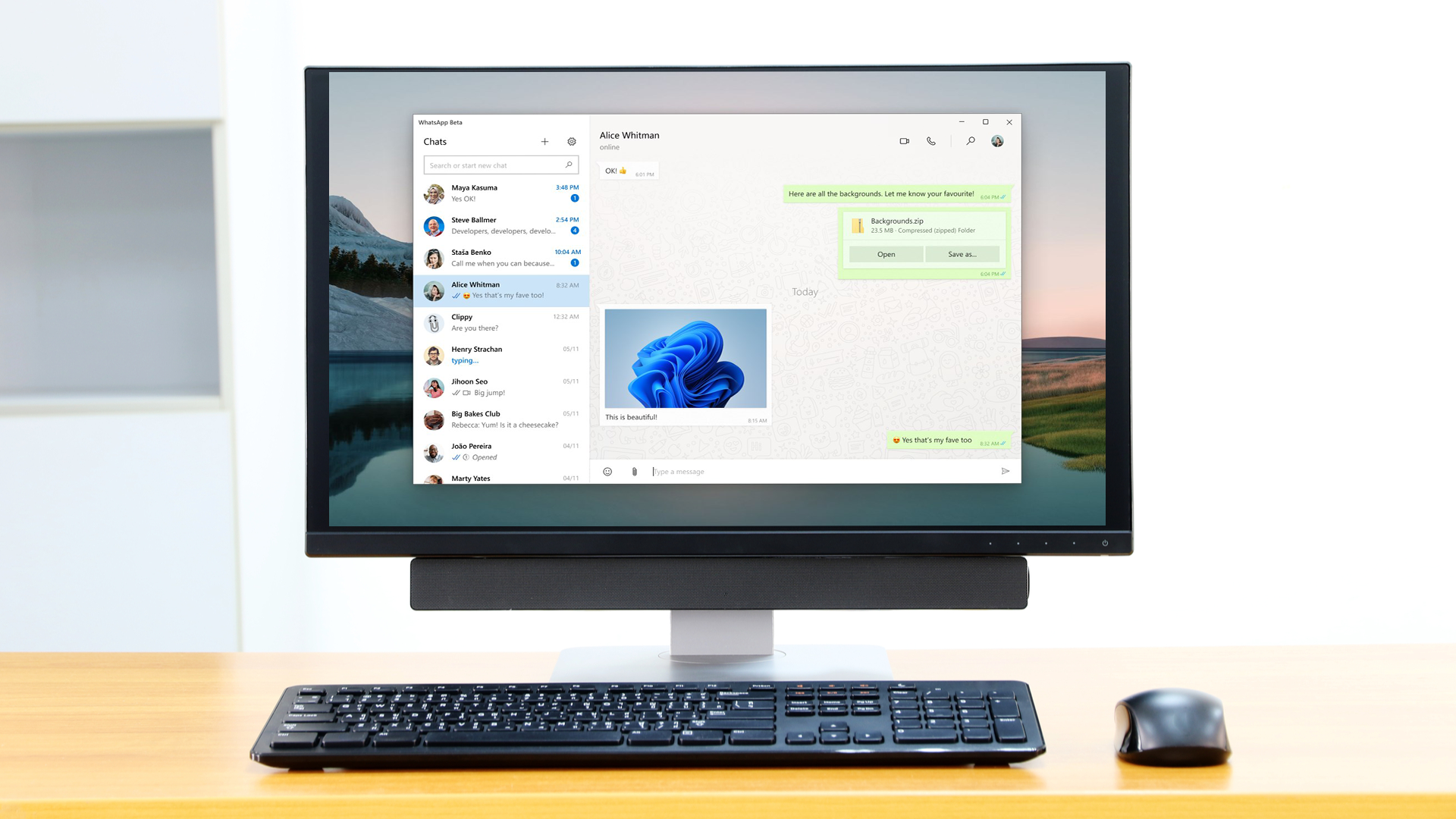
Windows 11: The good, the bad, and the compatibility
The launch of Windows 11 as a free upgrade for Windows 10 users was the biggest development for Microsoft in 2021, without a doubt. The operating system that was never meant to be – remember that Microsoft said Windows 10 would be the final ever Windows version (not that we believed it) – was swirling around in preview for the latter half of 2021, before finally being unleashed and rolling out from October 5, billed as a “new era for the PC”.
But even before its official release in October, Windows 11 got off to a shaky and confusing start around its system requirements. The stipulation for TPM 2.0 – a security measure Microsoft insisted on for tighter defenses with Windows 11 – caused confusion, which was compounded by the wonkiness of Microsoft’s own PC Health Check tool. The latter didn’t provide any details of why a system might be incompatible, and just left a lot of users scratching their heads (before it was pulled down for that very reason).
In a nutshell, the compatibility problems for some PCs are easily enough solved by a BIOS tweak or update to turn on TPM 2.0 – the tech being present, just not enabled on some modern systems – but the whole affair left a bad taste in the mouth before Windows 11 was even out.
The fact that some relatively modern CPUs from just five years ago – namely Intel’s 7th-gen range (or later) – aren’t compatible was frustrating news for owners of those kind of PCs, again compounded by the revelation that Windows 11 can actually (unofficially) run on something as old as a Pentium 4 (Cedar Mill) CPU from 15 years ago.
That’s another oddity with Windows 11, that Microsoft made it so you can upgrade to the OS on non-TPM 2.0 compliant machines via various loopholes, but that this isn’t recommended, and really you shouldn’t do it, plus you might not get vital system updates in the future (even if you do now, at least anecdotally).
So, there were unfortunate slips and general vexation around Windows 11 compatibility before and after release, and these weren’t the only elements causing a degree of bewilderment around the operating system – we’ll come back to that later, but first, let’s look at the initial reaction to Windows 11.
Broadly, the atmosphere around Microsoft’s big redesign for its desktop OS was pretty positive. We felt it was a big step forward visually, and plenty of folks agreed. With the new streamlined desktop – and the likes of simpler File Explorer menus – everything is tidier and neater, and more modern-looking to boot (with those rounded corners for windows and menus, of course).
The new Microsoft Store turned out to be a big improvement – and crucially is going to incorporate third-party stores, and already does this with the Epic Games Store – plus there are ongoing welcome updates to various core apps and fresh widgets.
Okay, so there was flak fired at the new Start menu, which appears to have taken a leaf out of the Chrome OS playbook – not everyone likes its new centrally-aligned Launcher style vibe – and it’s a bit of a clunky fudge. There was also disappointment at there being no support for running Android apps on the desktop from the off (this is now in testing, though).
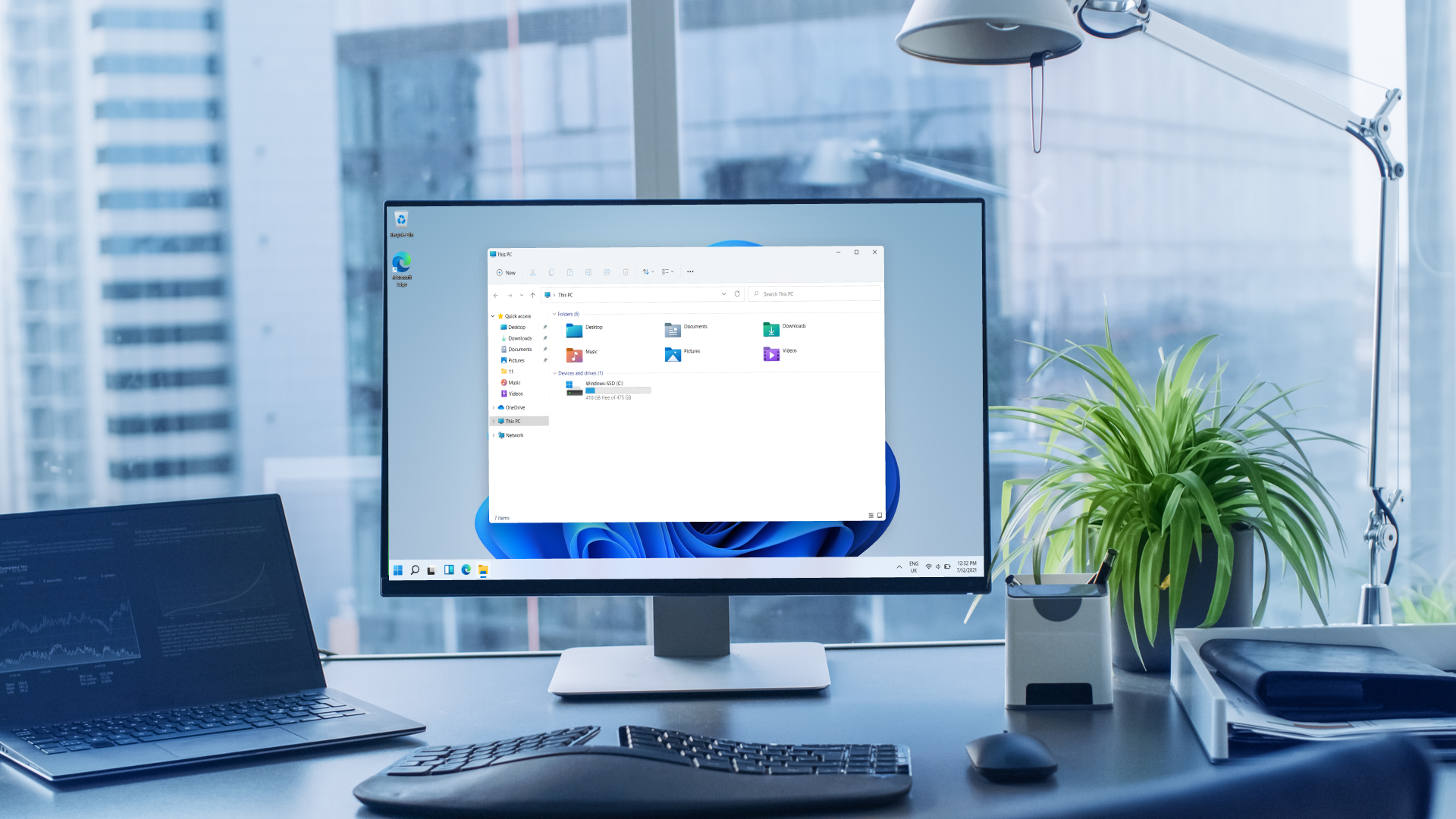
Also, scratching under the surface of the shiny new desktop, much remains the same, really, and as we pointed out in our full review of Windows 11, it’s really akin to a reskin of Windows 10. This is more like a good start of a redesign than a whole new operating system, but then we wouldn’t expect Microsoft to totally shift away from Windows 10 – in some ways, the OS which launched in 2015 hasn’t gone away, in actual fact. At least not yet.
Perhaps the thorniest issue of all for us regarding Windows 11 is that it appears to be following suit with Windows 10 when it comes to bugs. As you’re likely aware, Microsoft’s ham-fistedness around bugs is well-established with Windows 10, sadly, with repeated scenarios demonstrated where bug fixes fail or even cause other unintended problems.
Windows 11 has continued in the same vein as Windows 10 with printer woes, something which has been an unfortunate ongoing mess since the launch of the new operating system.
Other serious bugs have been floating around, for example one where some NVMe SSDs are running way slower than they should (which has just been fixed, at least for most folks), and more still with File Explorer. The latter is a core part of the OS, or rather, the core part, given that it’s the very files and folders you interact with on the desktop – with some users experiencing slow performance with the right-click menu, for example, and various memory leak gremlins that caused further sluggishness.
Now, we realize that revamping an entire desktop operating system is a mammoth task fraught with all sorts of nuance and complexity, but breaking the core part of the interface in these kind of ways – at least for some users – doesn’t exactly inspire confidence in Microsoft’s implementation and troubleshooting skills.
The bugs (which, let’s face it, we’ve got used to with Windows 10 – though we hoped Windows 11 might have been something of a new leaf for Microsoft) were also accompanied by some odd design decisions. For example, the removal of the ability to drag and drop app shortcuts onto the taskbar, or messing with default browser settings to make them frustratingly clunky. Fortunately, these are decisions which Microsoft is in the process of reversing, with the software giant apparently listening to feedback (at least in some cases).
As we’ve said before, Windows 11 does still feel like a work in progress a few months after launch, but at least in the main, the operating system appears to be moving in the right direction. As the end of 2021 rolls around, the pieces of the desktop OS feel like they’re coming together in a more cohesive and logical manner, so we’re optimistic for the future. Microsoft has also promised to concentrate on making Windows 11 faster in 2022 (we should think so, too, given that nuts-and-bolts interface performance on the desktop really shouldn’t be an issue with any compatible PC configuration).
It bodes well that Microsoft felt confident enough to open the floodgates for Windows 11 upgrades in mid-November, and we’ve already seen a big uptick in the popularity of the operating system.

Gaming gladness – with a cloud on the horizon?
It’s worth considering what Microsoft has done for PC gaming this year, and that’s principally wrapped up in Windows 11. The good news is that Windows 11 delivered some nifty gaming features, such as the built-in Xbox app with tighter integration in the OS, and the Auto HDR feature which gives non-HDR games a similar level of added pep with contrast and vibrancy. DirectStorage will also make a big difference to SSD loading speeds and general performance in the future, when games support it.
Crucially, gaming performance is on a par with Windows 10, and in some cases a touch better. The one cloud on the horizon is Virtualization-Based Security or VBS, which as the name suggests is a security feature that considerably strengthens your PC against malicious intruders, but it comes with a gaming performance hit.
Now, you don’t have to turn on VBS – and PC gamers likely won’t want to, even if the performance hit isn’t that big in some cases (it varies depending on the game, though it’s pretty hefty in some titles from testing we’ve seen) – but the trouble is that Microsoft is set to make it compulsory with certain OEM systems over the next year.
So, while this isn’t happening now, it could be that before too long, prebuilt PCs from the likes of HP or Dell come with VBS turned on, and less tech-savvy users won’t even know they’re getting lesser gaming performance with their rig. They will, however, be more secure, which is the flipside… but the crux really is how far this compulsory enablement will go, and whether it’ll come to gaming PCs. We’d hope not in the latter case, for sure, because Microsoft needs to be careful how it treads here.
Further notable gaming news came in December 2021 when Google revealed that it will bring titles from the Google Play Games store to Windows 10 and 11. Google will have its own Windows app to facilitate this experience, allowing mobile games to be played on Windows PCs with seamless continuity, so it’s possible to pick up where you left off on your phone when playing on the desktop. In other words, you could be enjoying Candy Crush on your PC come 2022 when this feature rolls out (though it’s still early days, and it isn’t clear which mobile games will be supported).

On the Edge of annoyance?
Early in the year, Microsoft finally pulled the plug on the legacy version of Edge, and fully concentrated on pushing forward with the Chromium-based incarnation of the browser. And the company did lots of great work with Edge in 2021, including moves to help with online shopping and saving money, minimizing resource usage (with things like sleeping tabs), and becoming the master of PDFs.
Not to mention seriously bolstering its security, and even pulling tricks on the gaming front in that Edge now works better with Xbox’s cloud gaming service, providing clearer and more detailed visuals when streaming via the browser.
The end result is that Microsoft Edge is turning into an impressively streamlined, performant and feature-packed browser. It’s making progress in terms of adoption, having overtaken Firefox in July and generally carving out a niche for itself quite successfully (albeit with there still being a gaping chasm between top dog Chrome and Edge).
Given that Edge stands relatively well on its own merits these days, it’s a shame that Microsoft has felt the need to continue to push it (and other services) so hard with various shenanigans and pop-ups in Windows throughout this past year (as it did in 2020 also). These are heavy-handed measures which we believe are in danger of being counterproductive and putting folks off, rather than getting them to consider switching to Microsoft’s browser as is intended.
So, quit the nagging, Microsoft – and that goes for Windows 11, as well, which follows in the footsteps of Windows 10 with some unfortunate ads appearing in places like File Explorer (pushing other Microsoft services like OneDrive).
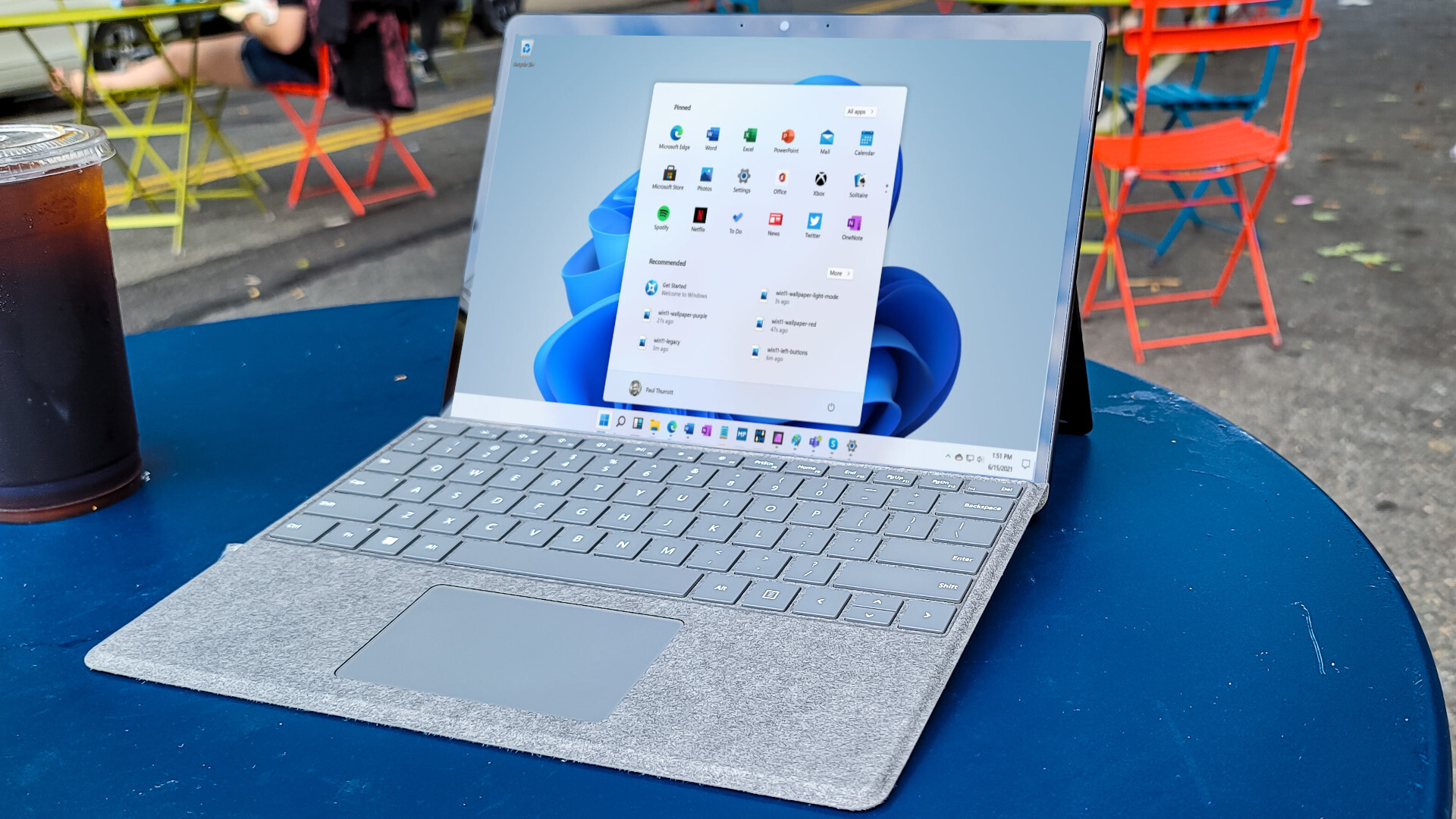
The usual Surface highs and lows
Plenty happened with Microsoft’s Surface range this year, including what we’d been awaiting for so, so long – a meaningful refresh of the flagship Surface Pro. The new Surface Pro 8, which was released on October 5 (alongside Windows 11), represented a breath of fresh air for the device, giving punters a great-looking, more modern design, much better performance levels than its predecessor, and Thunderbolt 4 connectivity. Oh, and a bigger gorgeous screen with a 120Hz refresh rate.
Sadly, the display wasn’t the only thing to get bigger, and the fly in the ointment was the price tag becoming something of a towering affair, starting at $1,099 / £999 / AU$1,649 rather than $749 / £799 / AU$1,249 as seen with the Pro 7. Still, that doesn’t stop the Pro 8 from being an impressive step forward, albeit a much-needed one given how much the series was stagnating in recent iterations.
There were several other compelling Surface launches in 2021, including the Surface Laptop Studio, a truly innovative premium option for creatives – seemingly replacing the Surface Book – but not without flaws, most notably in lackluster performance levels, and an eye-watering price tag (again).
There was disappointment away from the high-cost hardware, with no sight of a Surface Laptop Go 2, and while we did get a new affordable Surface Go 3, it turned out to be underpowered, suffering in terms of battery life, and difficult to recommend in all honesty. All of these devices arrived later in the year, alongside the Surface Pro 8 – oh, and the Surface Duo 2 phone, which made a middling impression.
Finishing on a brighter note, Microsoft also unleashed the Surface Laptop 4 in April 2021. This scored highly in our review, and made a good case for itself thanks to a gorgeous display, stylish design, excellent keyboard, and a relatively affordable price tag for what you’re getting with this machine.
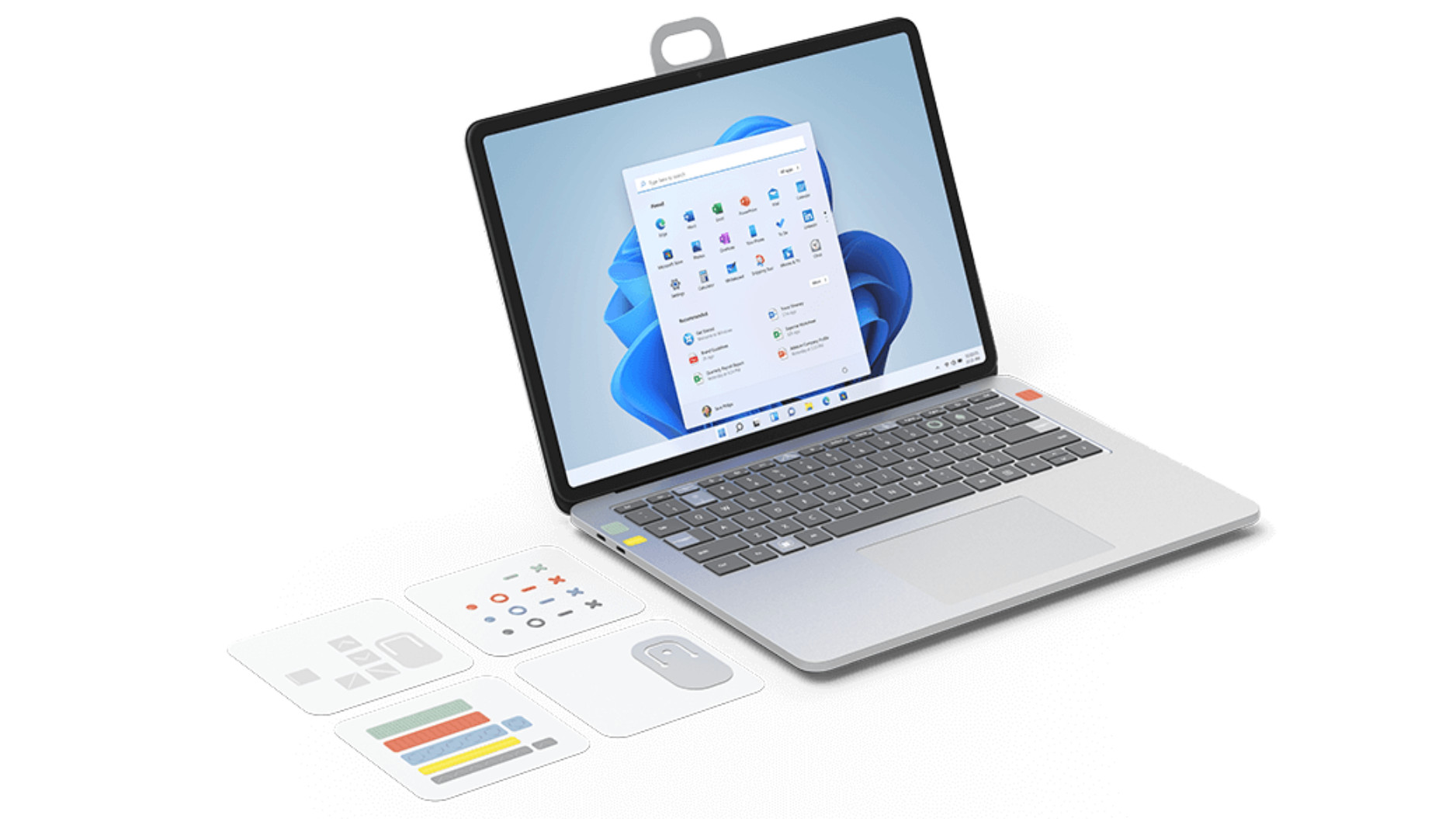
Forging ahead with accessibility
Microsoft has continued to do good work on the accessibility front in 2021, which is of course highly commendable. In the past, Windows 10 has received some great capabilities to make the OS more accessible, like eye tracking for example, and various updates to its assistive tools, most recently with Windows 11 getting voice control features in testing at the close of the year.
Those voice controls appear to be the result of drafting over much of the functionality of excellent speech recognition app Dragon – remember, Microsoft bought Nuance in April 2021 – and they’re very in-depth, allowing for control over all sorts of elements of the OS. This looks like the start of Microsoft turning voice controls into something big with Windows 11.
Also, Microsoft started selling its Surface Adaptive Kit in December, which provides a host of nifty ways to make a large range of its Surface devices easier to use for people with disabilities. These kind of kits are something which will hopefully catch on with other PC makers.
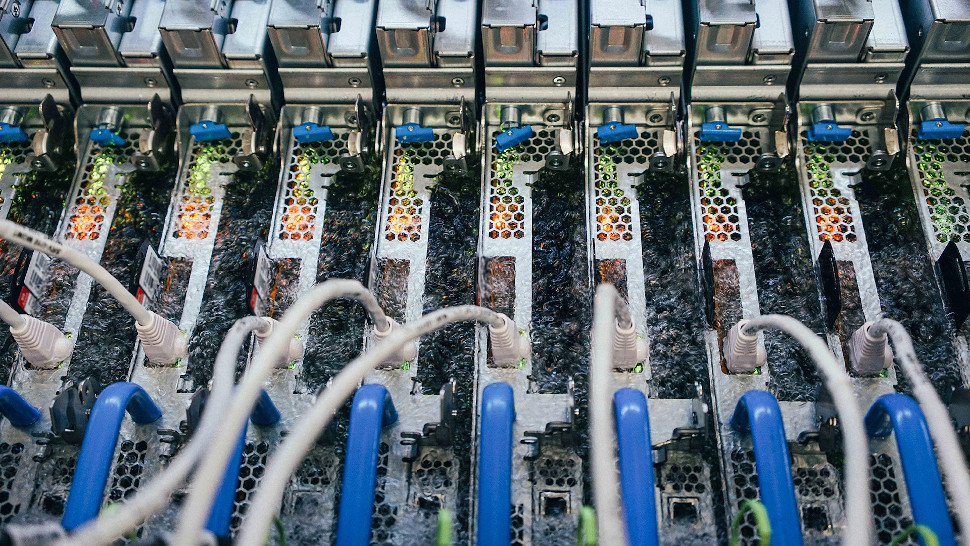
Thinking environmentally
In October, Microsoft made a laudable pledge to ensure its devices are more easily repairable – and therefore better on the sustainability front – albeit following pressure from a non-profit shareholder advocacy group drumming up support on the environmental responsibility front. Microsoft had already been making its hardware easier to repair, as seen with the Surface Pro X in the past, and we can expect more progress along these lines in the future.
Further pledges towards an eco-friendlier future include Microsoft firing up a new foundation to promote making greener software, and developing new ways to make data centers more energy-efficient (and to use less water). All of this is good progress towards the goal Microsoft announced last year of going carbon negative by 2030.
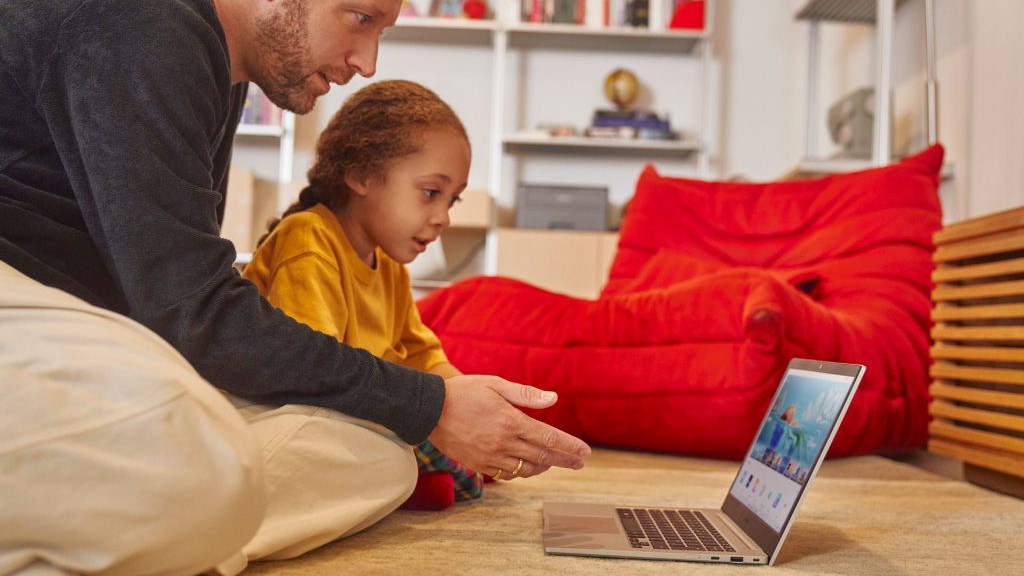
Concluding thoughts
If we had to call it – and we do have to call it, that’s the point of this article – we’d give Microsoft a thumbs-up for this year. The software giant is doing a lot right, but there are still caveats and serious issues which represent multiple winged creatures stuck in the ointment.
Of course, some of those nasty bugs pertain directly to Windows 11, and really worrying flaws around core bits of the interface like File Explorer, along with problems with SSD sluggishness. All the confusion around Windows 11 upgrade compatibility really didn’t help, either (though to be fair, TPM does up the ante with security as Microsoft has shown us).
Microsoft still needs to address the issues the company continues to have in terms of quality assurance and bug squashing with its operating systems, and also quit with the nagging on the Edge front.
But on the whole, despite problems with bugs and glitches, Windows 11 made a positive impression on us, even though the OS still feels much like a work in progress. It’s definitely a more modern and better-looking piece of software, nicely streamlined in many ways compared to Windows 10, and Microsoft is slowly making good progress across a number of fronts here.
Hardware was a mixed bag, with some sterling Surface offerings coming out this year – the Surface Pro 8, Surface Laptop 4, and Surface Laptop Studio in particular – even if the company charged an arm and a leg for these admittedly premium devices. Wallet-friendly offerings disappointed, however, with the Surface Go 3 really missing the mark, and the Surface Laptop Go 2 failing to emerge.
Microsoft definitely gets some pats on the back for its progress with accessibility in 2021, and also being greener, as well as the firm apparently starting to listen to user feedback more (this was a big drive with Windows 10, which we felt was waning as Windows 11 went through testing – but Microsoft now seems to be correcting course again).
So, Microsoft is much like Windows 11, in that it’s moving in the right direction, but there’s still more work to be done.
- Check out our full review of Windows 11


No comments